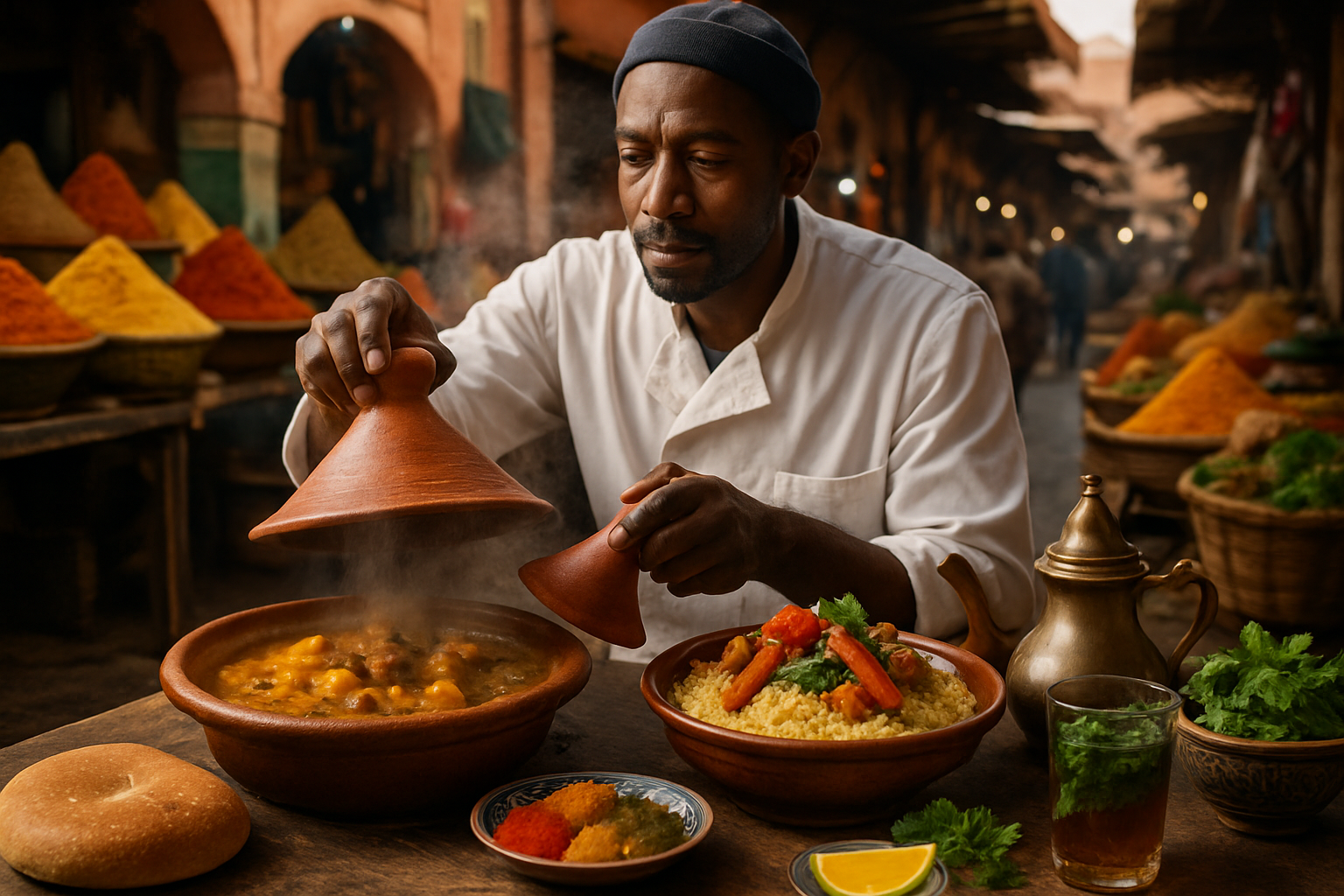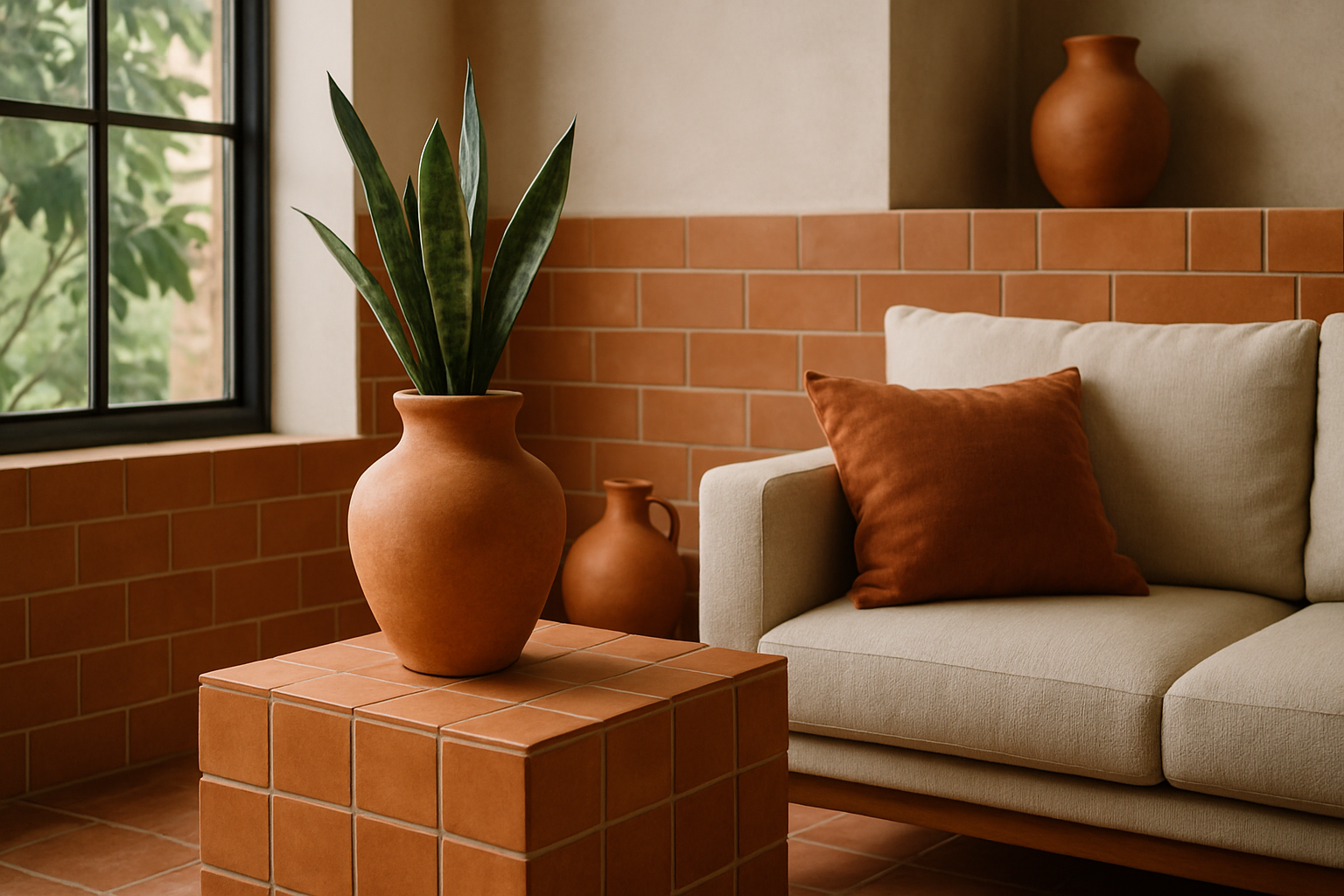Delving into the Vibrancy of Moroccan Cuisine
Moroccan cuisine is a captivating blend of cultures, flavors, and techniques. It embodies a rich history of diverse influences from the Berbers, Arabs, Andalusians, and French, resulting in a cuisine that is both familiar and exotic, traditional and innovative.

Journey into the Heart of Moroccan Gastronomy
Moroccan cuisine offers a culinary journey that spans continents and centuries. The flavors are intense and layered, with aromatic spices, bright citrus, and a myriad of textures. This cuisine is a testimony to the country’s rich cultural heritage and geographical diversity, from the coast to the mountains.
The Icons of Moroccan Cuisine
Perhaps the most renowned dish is the tagine, a slow-cooked stew named after the conical clay pot in which it is cooked. Couscous, another Moroccan staple, is often served with vegetables, meat, and sauce. Pastilla, a savory-sweet pie, encapsulates the complex flavors of Moroccan cuisine.
The Allure of Moroccan Street Food
Street food is an integral part of Moroccan food culture, offering a taste of everyday life. The bustling souks are filled with vendors selling treats like harira (lentil soup), brochettes (grilled skewers), and msemen (flaky pancakes). Each dish reveals a unique aspect of Moroccan cuisine.
The Art of Moroccan Tea Culture
Moroccan mint tea, also known as ‘Moroccan whisky’, is more than a drink; it’s a symbol of hospitality and tradition. Brewed with green tea, fresh mint, and sometimes a hint of local herbs, it’s often served with a generous helping of sugar, creating a refreshing balance of flavors.
Delightful Discoveries
-
The Moroccan spice blend, ras el hanout, can contain up to 35 different spices.
-
Bread forms a crucial part of Moroccan meals and is used as an eating utensil.
-
The preserved lemons used in Moroccan dishes are fermented for several weeks for a unique tangy flavor.
-
The traditional way of making couscous involves an elaborate process of steaming and fluffing.
In conclusion, Moroccan cuisine is a vibrant tapestry of flavors, textures, and techniques that captivates the senses. Its diverse influences and rich history make it a fascinating culinary experience. Whether you’re sampling street food in a bustling souk, savoring a slow-cooked tagine, or enjoying a glass of mint tea, Moroccan cuisine offers a journey into a vibrant and flavorful world. Let these insights inspire your culinary adventures, and ignite a passion for the rich and diverse world of Moroccan gastronomy.





